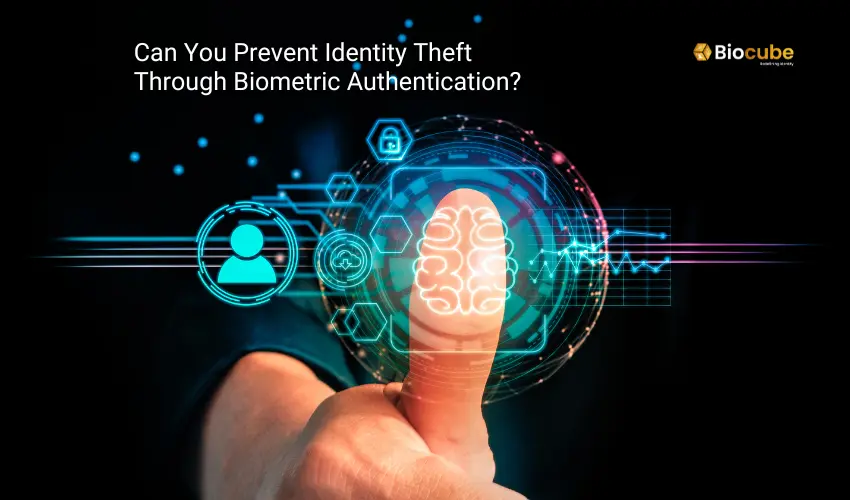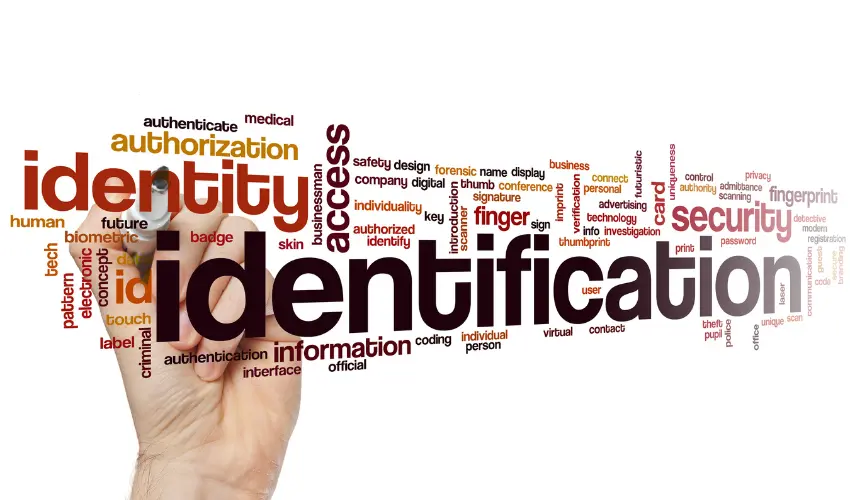
Identity Theft: In the age of technological advancements, protecting and preventing digital identity theft has become of paramount importance, especially for corporate and government employees. According to a report, 51,629 identity theft cases were reported globally.
Moreover, many people need to learn that their digital identities are being traded on the dark web by hackers. Preventing digital identity theft is important because it leads to enormous losses such as monetary loss, spoilage of credit records, access to sensitive information, etc.
While the scale of losses through digital identity theft protection for an employee might be limited, the impact on senior management could be vast. In addition to the losses mentioned above, it can destroy their brand’s reputation by offering misleading information or engaging in cyberbullying.
Table of Contents

How Does Biometric Authentication Minimize Identity Theft?
Biometric authentication reduces the chance of identity theft/fraud, and associated financial losses for many reasons, such as:
Unique Qualifiers
Unlike traditional modes of authentication and access management, biometrics are unique. Therefore, whenever you use them, the verification process detects similarities between your fingerprint, face characteristics, palm structures, etc., to determine whether access is granted to the right person.
Nowadays, banks demand videos for remote-based KYC processes. Your bank account becomes even more secure by validating your fingerprint through the official banking apps. Even if your phone gets stolen, a criminal might not get access to your account.
Biometrics are being widely used for securing devices too. Therefore, in the event of a lost, stolen, or misplaced device, the person attempting to break through would be required to bypass your biometric security, which uses your personal and unique biometric characteristics, making it highly unlikely to use your device.
The same is true for digital identity theft. Using biometric authentication, you can prevent cybercriminals from accessing sensitive information, bank accounts, etc.
Fewer Options for Tampering
OTPs, or One-Time Passwords, can be bypassed, and PINs have vulnerabilities like duplicate numbers, numbers matching important dates, etc. We also know that passwords are still the most commonly used factor of login and authentication, but they come with major drawbacks.
Must Read | Passwordless Authentication: All You Need to Know!
If a cybercriminal gets access to one of your accounts, the probability of using automated technology or software that generates similar options becomes very high. Moreover, many people use similar passwords for their accounts. So, it means the cybercriminal can access multiple accounts by hacking just one of them.
On the other hand, corporations using biometric validation methods for their official accounts have a much lower probability of being hacked, modified, or blocked. In addition, it overcomes the drawbacks of passwords, OTPs, and PINs by generating unique identifiers.
Spoof-free New Methods
The fact that cybercriminals use sophisticated mechanisms to steal digital identities is no news to industry leaders. One of those methods of using artificial intelligence and machine learning is to create deep fakes to get access to bank accounts and other personal details.
Traditional biometric technologies such as iris, fingerprints, and palm scans have become vulnerable. Biocube’s AI and ML-powered solutions overcome this flaw by offering passive liveness, a zero-trust framework, distributed data architecture, etc., to verify user authenticity.
The new-age biometric technology is disrupting cybercriminals’ tactics to steal identities and profit from them. Moreover, many corporations have transitioned from video-based verification to these next-gen methods, which also help avoid video tampering.
Conclusion
Biometric authentication Systems are resolving the problem of digital identity theft on a massive scale. Simultaneously, it is becoming the new-age verification method. While offering such benefits, it is also being adapted as a mode of attendance, remote access management, etc.
We’d advise you to adopt contactless, multifactor, and multimodal biometric authentication to provide security and convenience to the end user simultaneously. Moreover, it will help your corporation become less reliant on passwords, PINs, OTPs, etc., and improve the user journey.
Must Read | Top 3 Identity Verification Trends of 2024
Get in touch with us today to deploy the new-age biometric technology and revamp the security and convenience of the organization’s users, contractors, and visitors.

Subscribe to our weekly newsletter below and never miss the latest product or an exclusive offer.
